Where I live, most gardeners start sowing seeds around May 24th, and don’t plant out their transplants until the “first new moon in June”. These are old rules of thumb, and they are reliable, but as I write this article in the third week of April, I can look out the window and see things growing, and I’m inclined to ask: why can’t I plant things in my garden if stuff is growing outside right now?

Taking a quick stroll around the yard I see new grass; dandelion greens; coltsfoot flowers in the ditch by the road; buds on trees; and a handful of perennials poking up in the garden. To me, nature is saying that it is time for some things to grow. Applying this information to the vegetable garden is simply an exercise in understanding minimum germination temperatures, phenology, and why our calendar is not a reliable planting guide.
Our Calendar Makes No Sense As A Planting Guide
Consider our Gregorian calendar, which is only slightly different than the Julian calendar, which is a reformed version of the older 10 month Roman calendar. Some of the months are named after gods like January (Janus) and March (Mars), while others are simply numbers such as October (eight), November (nine), and December (ten). With the two nicest months (of course) reserved for those two formidable gods among men - Julius Caesar (July) and Caesar Augustus (August). I remember being perplexed as a young boy when I learned that the “dec” in decimal meant “ten, while, strangely, the twelfth month started with “dec”. This was confusing to me. I was a weird kid….
Contrast this with the traditional calendar of the Mi’kmaw (the indigenous people of Nova Scotia where I live) which was strongly linked to a way of life that dependent on observing seasonal change. It is clear that these people were very much in tune with what was happening in the natural world, with each season being marked by changes in plant growth or animal behaviour. All twelve moon cycles are associated with an important thing that is happening at that point in time, such as “tom cod spawning time” (Punamuiu’s – in January) when they are very easy to catch and an important and abundant food source when there’s not much else, or “berry ripening time” (Kisihewiku’s - in August) when it’s time to gather and dry wild berries.
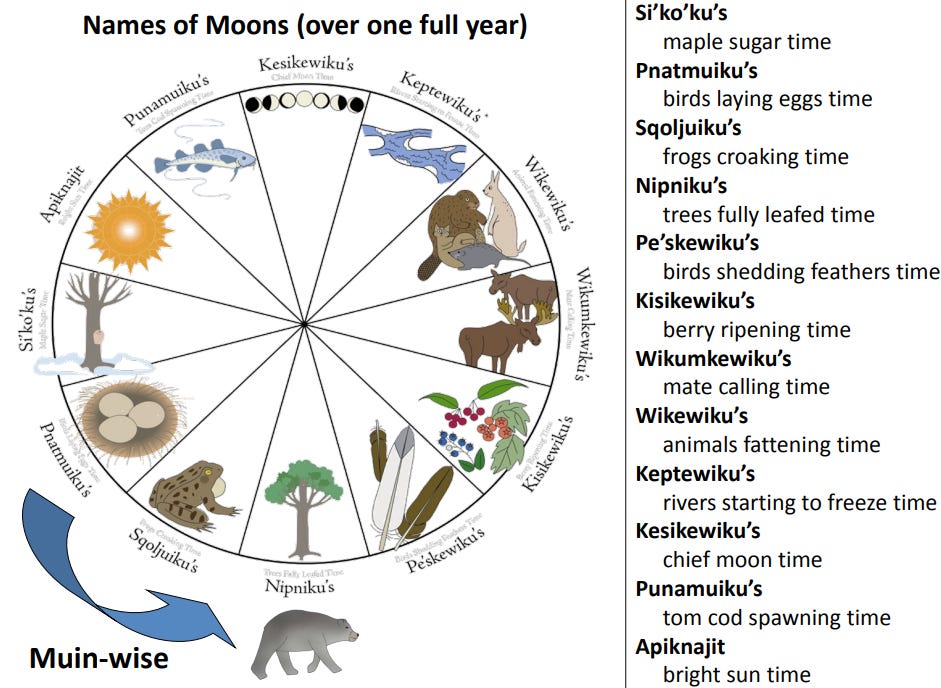
Phenology: It’s all About the Sun
Everything that grows in a garden does so relative to seasonal changes, and seasonal changes are a function of the earth’s orbit around the sun, which influences the length of day, and the amount of heat energy provided by the sun during each day. The soil absorbs the heat energy, and its temperature registers the seasonal change. Plants and seeds respond to these changes according to their individual characteristics, and this varies relative to what part of the hemisphere the plants are located. At the equator there are 12 hours of light each day all year long. At the north pole there is no sunlight at all in winter, and sunlight all day in the summer. All the growing zones in between vary according to the seasonal affect of available sunlight, and this is also influenced by altitude due to low air pressure. The plants in all of these places are suited to those changes and respond to them at different times. What this means for determining planting times in your garden is that you can use wild perennials to gauge soil temperature because they respond directly to them. This approach to understanding seasonal change is called phenology.
Phenology is the study of periodic events in biological life cycles and how these are influenced by seasonal and interannual variations in climate, as well as habitat factors (such as elevation). - Merriam-Webster. 2020.
The idea behind phenology as applied to planting times is that since perennials are literally plugged into your soil – they are the best indicators of soil temperature in your garden (i.e. how much of the sun’s energy has been absorbed by the soil at a given point in the season) because their growth patterns are directly influenced by length of day and soil temperature at your location. Moreover, since different perennials have different needs in terms of soil temperature – observing different plants as they begin to grow in spring tells you how far along the season has progressed in your micro-climate. It is also the case that observing a particular plant as it moves through a set of changes during the growing season tells you how far along the season has progressed in your micro-climate.
Indicator Plants
There are many resources on the internet that explain how to use phenology to determine planting times, but what I find irritating about them is that there seems to be a different indicator plant for each vegetable. For example, here is a list of indicators from almanac.com:
Blooming crocus are your cue to plant radishes, parsnips, and spinach.
When the forsythia is in bloom, it is safe to plant peas, onion sets, and lettuce.
Half-hardy vegetables, including beets, carrots, and chard, can be planted when the daffodils blossom.
Look for dandelions to bloom before planting potatoes.
Perennial flowers can be planted when the maple trees begin to leaf out.
When quince is blossoming, transplant cabbage and broccoli.
Wait for apple trees to bloom before planting bush beans.
When the apple blossoms fall, plant pole beans and cucumbers.
By the time the lilacs are in full bloom, it will be safe to plant tender annual flowers and squashes.
Transfer tomato transplants to the garden when lily-of-the-valley is in full flower.
Full-sized maple leaves signal time to plant morning glory seeds.
Peppers and eggplant can be transplanted when the bearded irises are blooming.
When peonies blossom, it is safe to plant heat-loving melons, such as cantaloupe.
- https://www.almanac.com/phenology-garden-planting-natures-signs
The problem with lists like these is that they are not much use if the indicator plants aren’t growing in your backyard or right next door. As an alternative, I’ve been working on a simpler approach to planting times based on what I consider to be the most ubiquitous perennial in North America – the humble dandelion.
The Dandelion Knows All
Dandelions have long taproots that go deep into the soil. They begin to grow very early in spring, and move through flowering and going to seed very quickly – so for me, they have three main stages of growth that all occur at the beginning of the gardening season: (1) emerging greens; (2) yellow flowers; and (3) white fluffy flowers. I suppose one could be even more sophisticated and break it down even further with short greens and long greens; flower buds and open flowers; and white flowers and blowing fluff. Never-the-less, I think it’s easier to keep it simple with green, yellow and white.
https://www.peakpx.com/en/hd-wallpaper-desktop-aayfo
When I see the greens begin to grow, the soil is usually thawed just enough for the tougher vegetables to grow. When the flowers are yellow – the soil must be warm enough for that, and when the flowers turn white, the soil is warmer still. Most seeds have what is called a “minimum germination temperature”, and this can range from as low as 2° Celsius to as high as 16° Celsius; and I think the dandelion is a good rough indicator of these minimums, with the green indicating when the soil is approximately 5° Celsius, the yellow indicating 10° Celsius and the white indicating 15° Celsius. Based on that, I have developed the following table, where the stage of dandelion roughly corresponds with minimum germination temperatures.
Planting Times According to the Dandelion
It’s important to note that none of these are perfect measures. The dandelion is an approximate indicator, not a precise gauge. When you see it in its various stages – it is a reminder to start thinking about planting the things that can handle the soil temperature at that stage. If you are concerned that it’s a bit too early – wait a week after seeing the indicator – or wait until you see the indicator everywhere on your property as opposed to just the sunniest and warmest spots. It’s also the case that while a given plant might have a minimum germination temperature of 10° Celsius – like the tomato for instance – it’s optimal germination temperature is closer to 24° Celsius, and any germination at all will be obliterated by frost anyway, so there is no point in sowing them until all risk of frost is gone, unless of course you are planting under a cold frame or some other micro-climate. It’s important to know which plants can take a little frost as seedlings, and which can take a hard freeze. For all the things on the table I think the timing is right. All the plants on the table have optimal germination temperatures that are higher than the minimums. For me – since the season will gradually get warmer, using the minimum temperatures as a guideline works because even if you sow when it’s barely warm enough, the soil temperature will continue to rise and the seeds will be ready to germinate when it does.
Final Thoughts
This table is a work in progress. I’ve not covered everything, and I’ve not not mentioned transplants at all. Suffice it to say; for the most tender of transplants (peppers, tomatoes, squash, eggplant, etc.) wait for the while fluffy flowers. For plants not listed, just find the plant on the table that is related – for instance, the cabbage time can be a proxy for the kale & broccoli time as well. In a subsequent article I will refine the table and add more varieties. The point of this article was to share the underlying principles and explain the reasoning behind the association with minimum germination temperatures. It is true that using a thermometer to test soil temperatures is a good way to determine when to plant various crops – but I would argue that on any given day the temperatures can be abnormally high – and your sowing may be premature. By watching the dandelions, and relying on their schedule – which is determined by a multitude of factors – you get a more robust indication of when to plant a range of crops. They’ve been around forever and always seem to do everything at the right time. Perhaps they know something we don’t?
FREE SHIPPING FROM VESEYS SEEDS
Use my coupon code “GAVS23” to get free shipping from Veseys Seeds. At least one pack of seeds must be included in the order. Free shipping is not applicable on surcharges on larger items. Promo code is valid until November 30, 2023.
GET 10% OFF AT THE HUDSON VALLEY SEED COMPANY!
If you live in the USA, use my coupon code “maritime10” to get a 10% DISCOUNT on any order from the Hudson Valley Seed Company. In addition (see details), all seed orders over $35 will get free shipping!
I HAVE ANOTHER PARTNER IN THE USA - PARK SEED!
Park Seed has been providing seeds to American gardeners for over 150 years. They have a wide selection for just about everything you need for gardening. Click this link to shop on their website, and that will help support everything I’m doing.

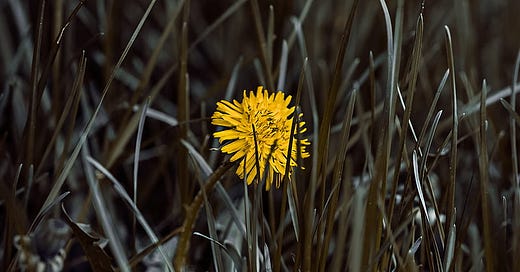



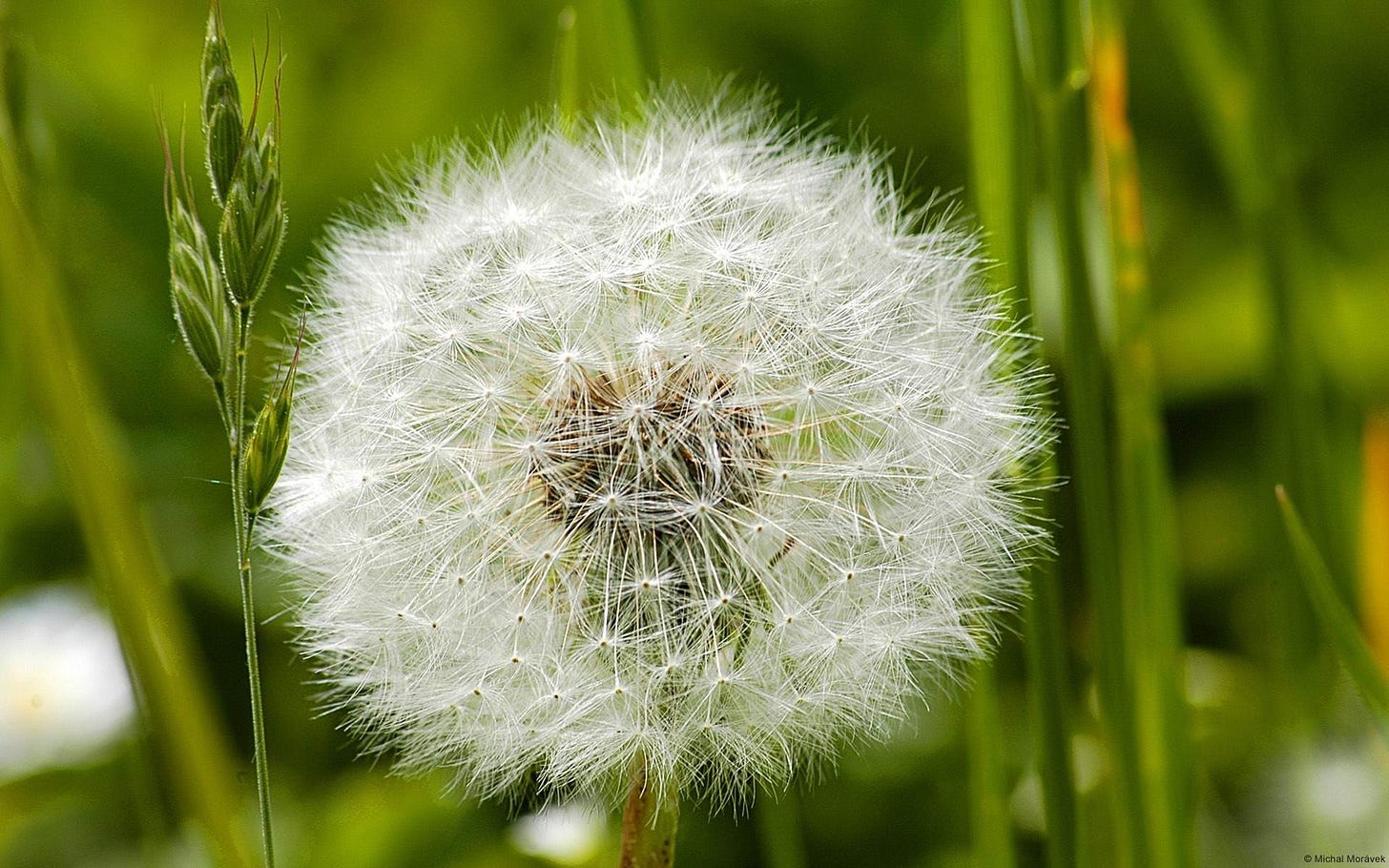




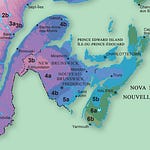


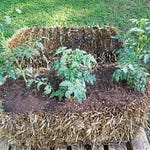


Share this post